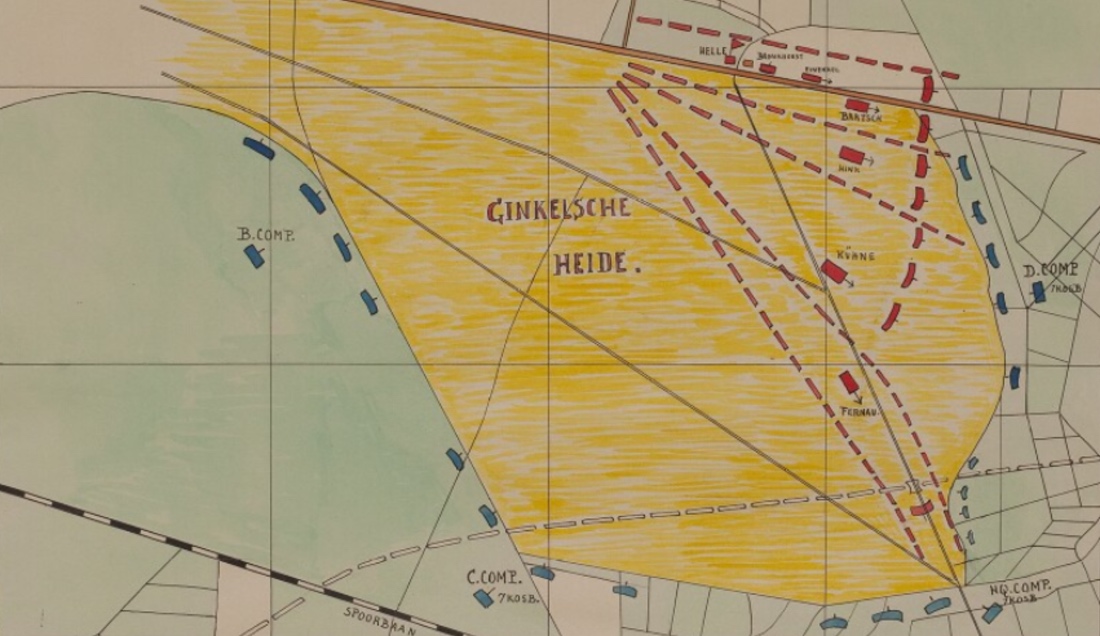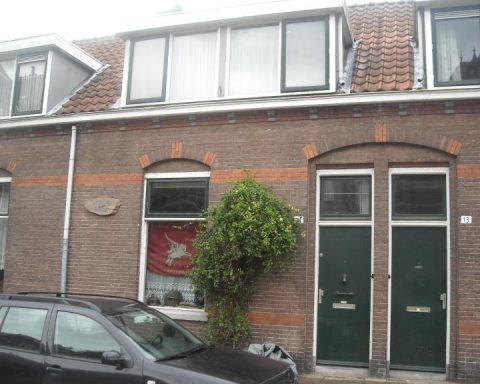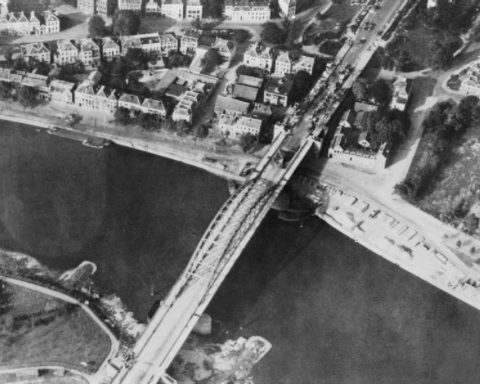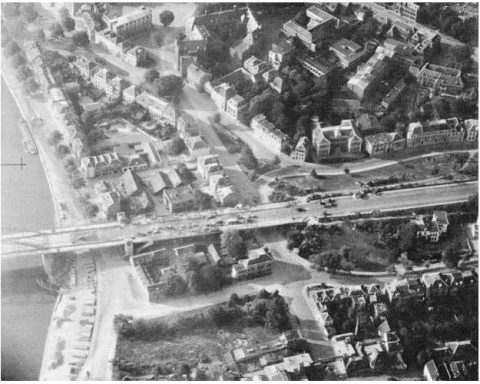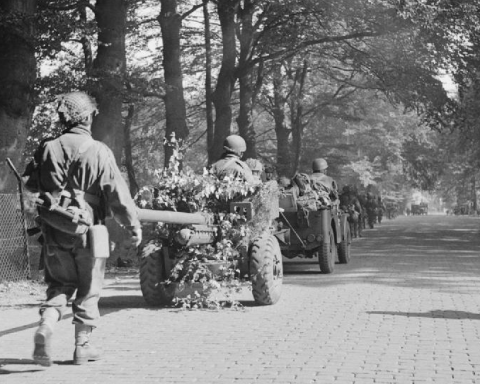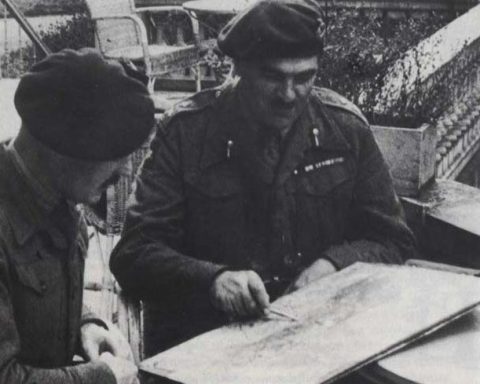Not all British soldiers who had landed at Wolfheze on Sunday, September 17, had marched to Arnhem after the landing. Some of the British actually went west. The King’s Own Scottish Borders (KOSB) and the Border Regiment had been given the task of protecting the landing areas where the rest of the British Airborne Division would land on Monday 18 September.
In the early morning of Monday, September 18, the British had to fight heavy battles here. To their surprise, the British fought against the Dutch.
The King’s Own Scottish Borderers and the Border regiment were spread over a huge area, stretching as far as Ede. This was necessary to protect all landing areas against the limited resistance that was expected. Before dawn on Monday, September 18, around 5 a.m., British positions were attacked by large numbers of SS men.
These were soldiers of SS-Wachbataillon Nordwest , which mainly consisted of Dutch SS volunteers. In addition to the Dutch, several Ukrainians were also part of the battalion, whose main task was to guard concentration and transit camps. The battalion is also referred to by the name of its commander: Battalion van Helle.
After the British landings, the Dutch SS battalion, 600 men, had been ordered by SS General Rauter to advance from Amersfoort to Arnhem to fight the paratroopers west of the city.
Irregular troops
The quality of this battalion was not strong, according to the website Waffen-ss.nl . The soldiers had been gathered together in every possible way: through advertisements but also through active recruitment. The recruiters’ field of activity extended from psychiatric institutions to prisons. After the war, SS-Wachbataillon Nordwest was referred to by Lou de Jong as “a riotous, irregular troop”.
The Dutch SS Battalion had arrived in Ede in the late evening of September 17. After several reconnaissance patrols, the SS attacked various British positions near the Ginkelse Heide around five in the morning.
Commander Helle of the SS battalion wrongly assumed that there were few British soldiers in position around the Ginkelse Heide. His adjutant thought they should attack the British positions before reinforcements arrived. Helle agreed.
The ‘Battle of the Ginkelse Heide’ became a bloodbath with many casualties, especially on the side of the SS Battalion.
Just as the Germans had already discovered in Arnhem, the Dutch SS soon discovered that the paratroopers had sufficient weapons with which they could eliminate German armored cars and tanks. Three armored vehicles from Wachbataillon Nordwest were destroyed by the British.
In hand-to-hand combat and bayonet attacks, the elite troops of the British Airborne Division were much stronger than the Dutch SS, who were not trained to fight. The SS Battalion suffered heavy losses. Afterwards it was established that no fewer than two hundred SS men were killed in the battle that day. About the same number had fled.
Still, the scattered British troops struggled under the increasing pressure. An isolated British platoon from the KOSB was cut off from the main force. Unable to contact the rest of the KOSB via radio to request reinforcements, the platoon was eventually forced to surrender. From this spot, on the edge of the landing area, the Dutch SS were able to shoot at the British paratroopers as they floated down helplessly by their parachutes.
The pressure on the British positions was exacerbated when aerial attacks were carried out by German fighter planes around 11 am. The attacks did not cause many casualties, but the aircraft’s tracer ammunition caused fires to start on the heath, exactly where the paratroopers and gliders had to land.

